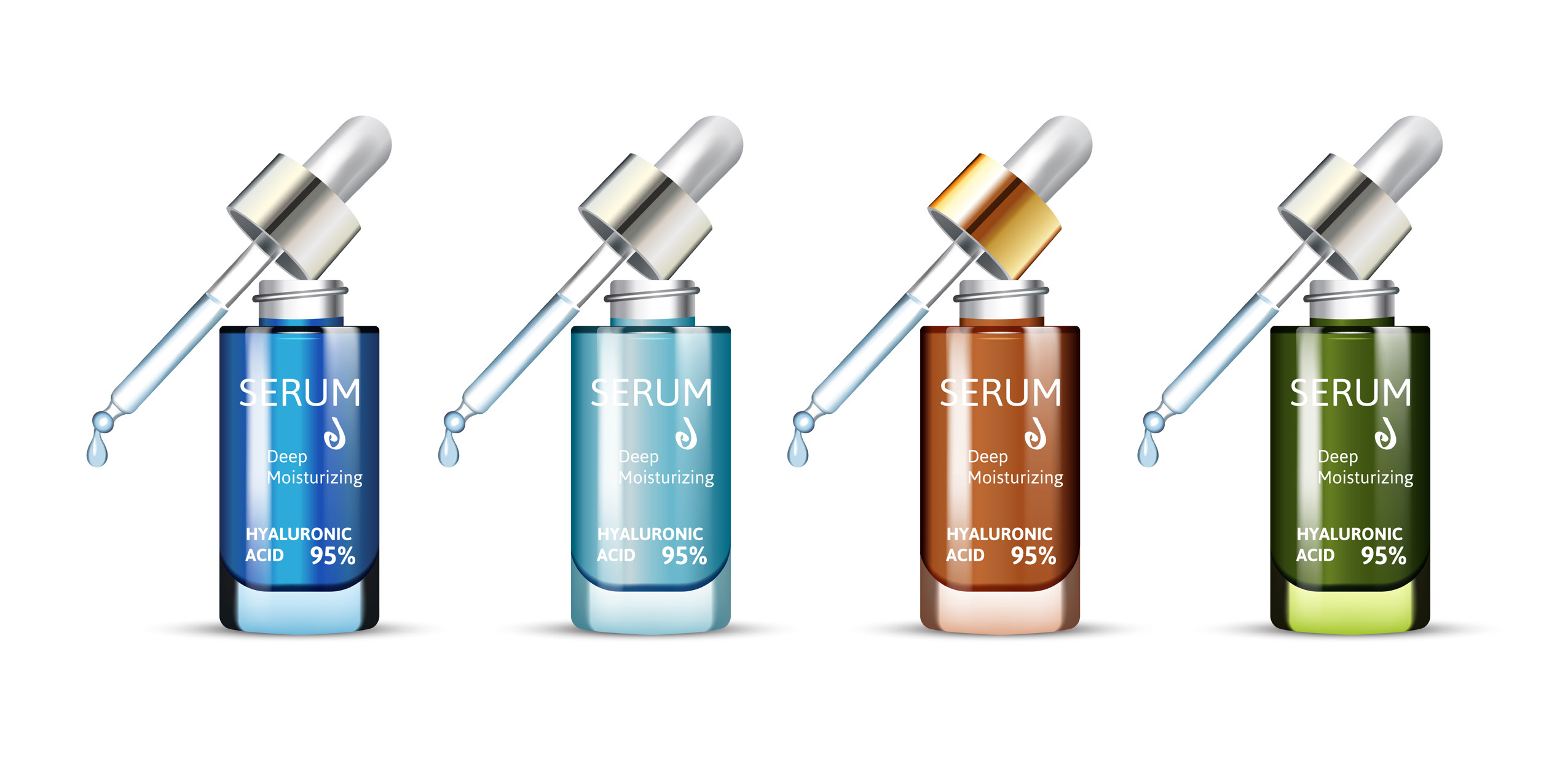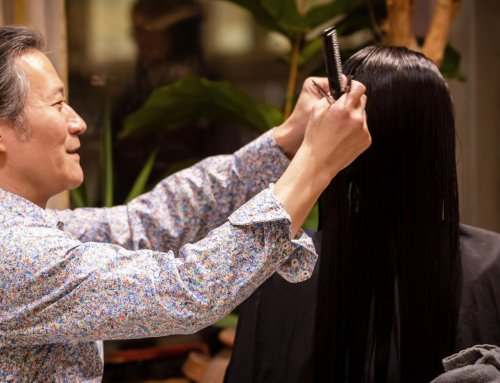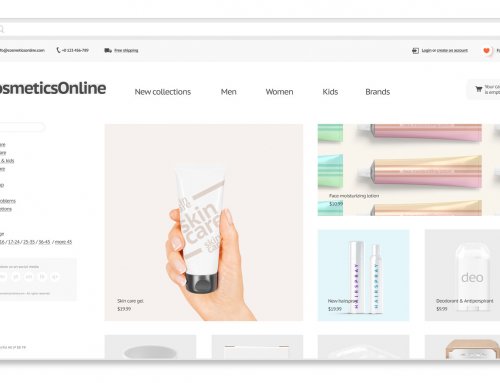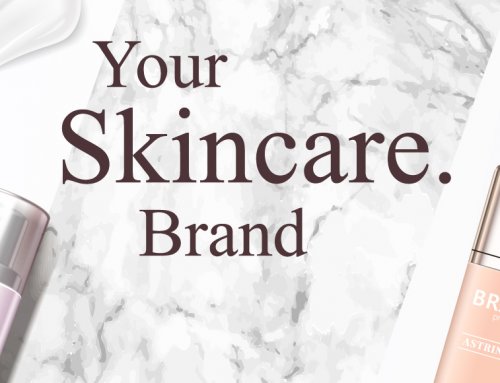If you had a choice to grow your own business or grow someone else’s, which would you rather do? If your answer is, grow someone else’s business, then read no further and just turn the page.
In this article I’ll be discussing how a single decision can change the course of your business and potentially improve your bottom line.
In the skincare industry, like most industries, the internet has altered how commerce is conducted. There are hundreds of thousands of people competing in the same market so competition is, to say the least, challenging. Skincare practices are losing business, not necessarily on the service side, but on the retail product side. With thousands of skincare websites selling popular professional brands at discounted prices, some with free shipping, it can be stressful to operate a skincare practice that sells the same product.
So how do you stand out and operate differently in a way that your business is also protected? Is there a strategy to help protect your business from those internet marketplaces, bloggers and influencers trying to lure your clients away from you?
Wouldn’t it also be great to reward your staff with better pay but still keep a healthy bottom line? If your answer is a resounding, yes, then read on and find out how creating your own brand can be a game changer for your business in the new marketplace of internet skincare sales.
Firstly though, let me make clear that I’m not suggesting you don’t carry nationally branded skincare products as well. You need diverse product sales to support your overhead and pay your staff and you should be selling the brands you use in your treatment rooms and products that will be well received by your clientelle.
National brands are fantastic for their quality and all of the support they offer to their customers. Many provide technical training, free marketing materials, free shipping and other benefits. That is a lot of support which has great value – but brands have some limitations which is where including the creation of your own brand through private labeling comes in.
Consider the retail portion of your business. When you are exclusively selling national brands, you are not selling a product that is unique to your business since that brand may be sold down the street by your competitors or on the internet. Conversely, if you offer your own in-house brand to your customers they won’t be able to find it on websites or elsewhere unless you put it there yourself.
When you sell your own brand of skincare, makeup or body care product you make the decisions. You decide the selling price, whereas with a national brand the retail price is essentially set for you. Should you need more profit than the MSRP allows, there’s no way to really generate it. You can’t increase your price higher than the MSRP because your customers will look online and compare prices.
Let’s now consider your employees. Rewarding those that help your business grow is one of the joys a business owner experiences. How do top companies attract top performers? They offer higher pay and better benefits. Wouldn’t it be a game changer to pay higher sales commission to service providers, staff and team members? The industry standard commission is a whopping 10% commission on retail sales, which doesn’t really scream motivational incentive. If you had your own brand and could set your MSRP you could potentially pay 15%, 20%, 25% or even a 30% commission on retail sales and still have a healthy bottom line.
As mentioned previously buying a national brand entitles you to many benefits, however, that comes with a cost that’s included in the price you pay. Compare that to selling your own brand where you are not obliged to pay those built-in costs. Your sales won’t be reliant on a national advertising campaign or free samples but will instead be the result of your personal endorsement.
Most international brands are sold through a network of distributors and subdistributors. That network is necessary to provide you with support and products. Distributors charge name brand product lines a fee for their service, they too have overhead costs to maintain their territory. The cost of their service is also included in the price you pay for the products.
Let’s consider a serum, for example, from a well known national brand that typically retails for $160 in the market. The wholesale cost you pay for this product is $80. From the $80 the distributor will likely receive 45-55%. So, in fact the actual cost, if you were buying from the brand directly would be around $40.
If you were able to buy the same product direct from the manufacturer at the distributor’s cost you probably would. You could then mark it up to the original MSRP of $160 and keep the extra markup. Now you could pay a higher commision to your staff, offer a promotional discount to your clients or spend the money any way you see fit. With private label, where you are creating your own brand, you effectively buy direct from the manufacturer at distributor cost.
If the concept of having your own brand sounds more appealing now, you will have joined the growing population of skincare professionals that feel the same way.
The next questions to be asked might be, how does one get started; how much does it cost; what is the quality like; what kind of packaging is there and how long does it take?
Getting started is as easy as doing an online search for “private label skincare.” There is usually a graphic set-up fee to begin plus the cost of the products you want to order. Some companies offer affordable getting started programs, so you could be up and running for as little as $500.
The quality of private label products is going to vary just as it does with brands. The lower priced products tend to perform comensurate to their cost and that’s also to be said of higher priced products – you get what you pay for. Regarding packaging options, some companies have multiple options to choose from, where others have a more limited selection. Some suppliers allow a lot of customization on product label design where others only allow space for a sticker with your logo.
It’s amazing how a single decision can produce so much potential. It’s possible to be in control of your product sales and improve your bottom line. It’s possible to attract top staff and reward them with better pay so they help you grow. So, what are you waiting for?

Written by:
Aleks Vranicic, L.E.
VP Sales & Technical Training
Vitelle Labs






You must be logged in to post a comment.